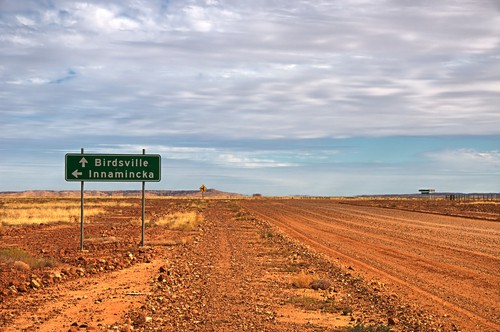Driving on unsealed roads can be more difficult than driving on bitumen. There are various level of unsealed road surfaces and include gravel, sand or dirt and these surfaces can make your tyres lose traction with the road.
With approximately 910,000km of roads in Australia, of which only 350,000km are sealed, at some stage you are going to encounter a dirt road.
When driving on dirt roads, here are a few tips to make it safer and enjoyable.
- Plan your journey and the road conditions and ensure your vehicle (and RV) can manage these conditions.
- Make sure your tyres have plenty of tread and suspension and are in good condition.
- Carry a tyre repair kit, tyre pressure gauge and air compressor.
- Don’t overinflate your tyres. Run lower pressures than you would on bitumen. Recommend no higher than 30psi. High pressures make it easier for an object to penetrate. Lower pressures make it a more comfortable trip. Remember, as you lower pressures, the tyres will generate more heat, so you should lower vehicle speed to compensate.
- Always travel with your headlights on so you can be seen.
- Decrease your speed when travelling on these roads. Recommend no more than 80klm. The slower the safer it is.
- Increase the distance between you and the vehicle in front. Do not drive behind someone’s dust as it obstructs your view.
- To prevent dust from entering your vehicle make sure all windows are closed. Set the ventilation to fresh however if you are behind dust or another vehicle is about to pass switch to recirculate.
- Ensure your wiper blades are in a good condition and your vehicle’s washer fluid bottle is topped up to wipe away excess dust.
- Keep alert and look ahead and up at the horizon of the road and be prepared to slow down or stop.
- Avoid swerving or aggressive steering as this could be a disaster.
- If you need to break gentle breaking is better than hard breaking. Never swerve and break together.
- Approach corrugations with ease and less speed is better.
- If you encounter animals on the road, drive past them slowly. Not all animals will instinctively head towards you and will depend on the time of day.
- Slow down with oncoming vehicles and move as far to the left as possible that is safe to prevent damage to windscreens etc.
- Do not drive on dirt roads if it has been raining, is currently raining or about to rain.
- When your dirt road experience ends and you are now back on bitumen, re-inflate your tyres to suitable road pressures. Inspect any damage, look for stone chips or cracks in the windscreen and make sure your headlights and taillights are clean and that your licence plate is visible.




